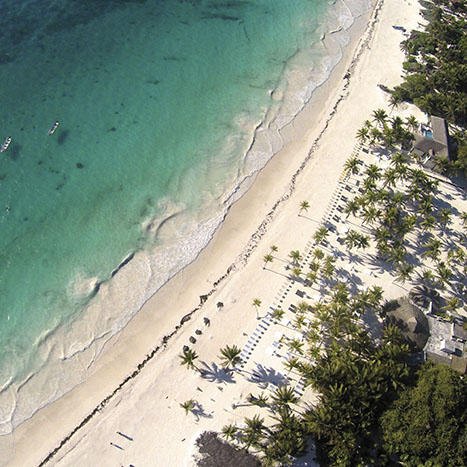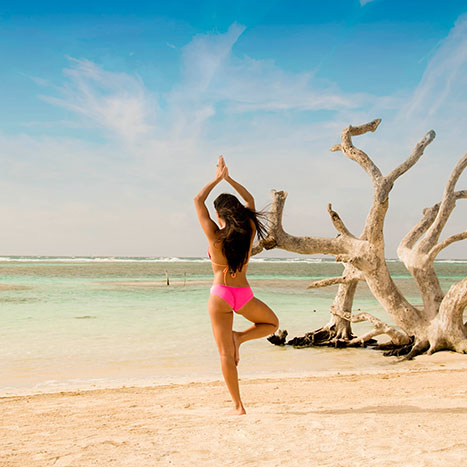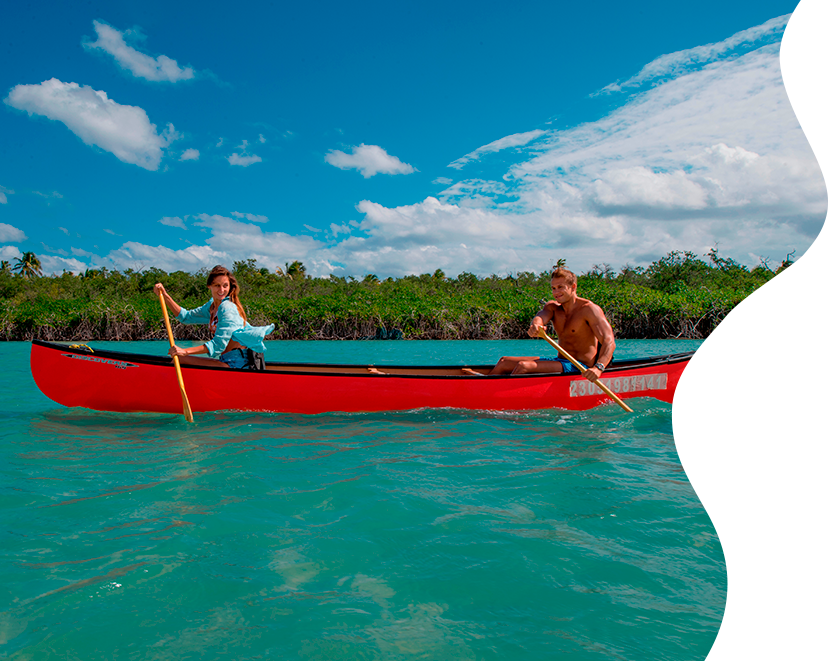

Sian Ka’an
Sian Ka’an is a Biosphere Reserve that is located south of the Riviera Maya in Quintana Roo. It has almost 1,500,000 acres (600,000 hectares) of jungle and protected reef off its coasts, which are home to hundreds of species of flora and fauna.
Sian Ka’an Biosphere Reserve has been enlisted as a World Heritage Site by Unesco since 1987. It is a natural habitat for mammals, including coatis, peccaries, raccoons, and jaguars, in addition to more than 300 birds.
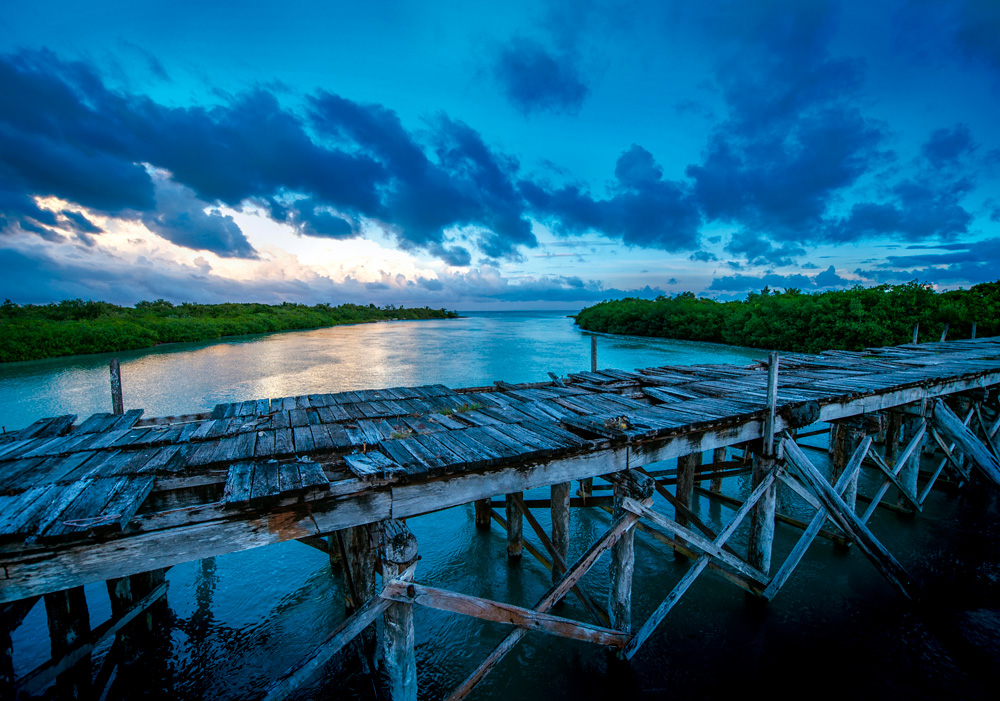
What does Sian Ka’an mean?
Sian Ka’an means where heaven is born. It is a place of outstanding beauty, both in the continental area with its mangroves and jungle, as in the coral reef barrier facing the coastline, which is home for sea turtles, giant lobsters, Queen conch, and even dolphins.
What to do in Sian Ka’an?
Sian Ka’an is an area where there is little infrastructure, and with small villages in only a few points. In the coastal area, following the Tulum hotel zone, it is possible to get to Boca Paila and Punta Allen.
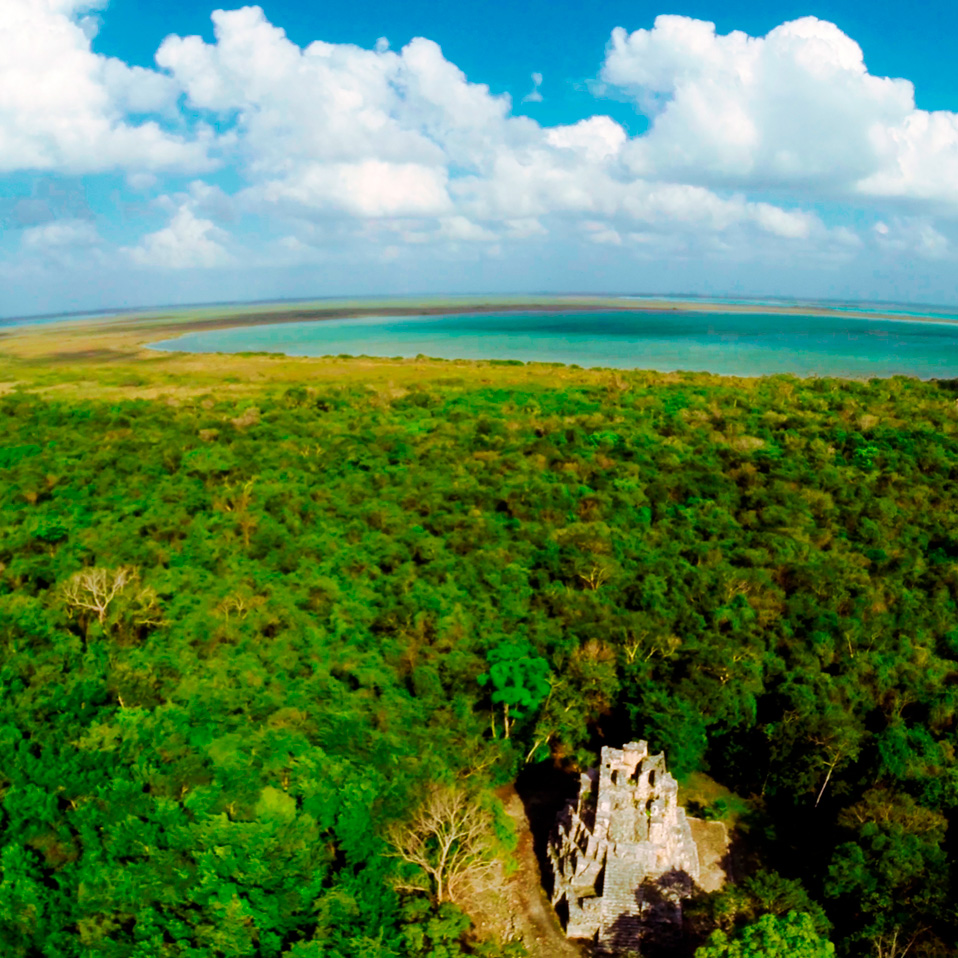
Boca Paila
This area is located south of Tulum, between the Caribbean Sea and the Muyil lagoon. Here are some fishing camps, almost virgin beaches, and spots where some people practice sports such as kitesurfing or diving.
You will be able to identify when you arrive, by watching the bridge that divides the lagoon from the sea. Swimming is not recommended as it is a natural habitat for crocodiles; with some luck, you will see some on the way.
Punta Allen
This small fishers’ village with crystal-clear waters where you eat deliciously, has much to offer. Also, there are cooperatives that offer tours to the reef for snorkeling or diving. With some luck, you can spot dolphins in the wild, an extraordinary experience that is hard to forget.
It is recommended to rest on the beach, visit the huge Ben Há cenote, which is sometimes confused with a lagoon due to its size; swim in El Blanquizal, which is a natural pool in the middle of the sea, or even take a fishing excursion with the locals, and then try some of the delicious dishes prepared with seafood in Punta Allen.
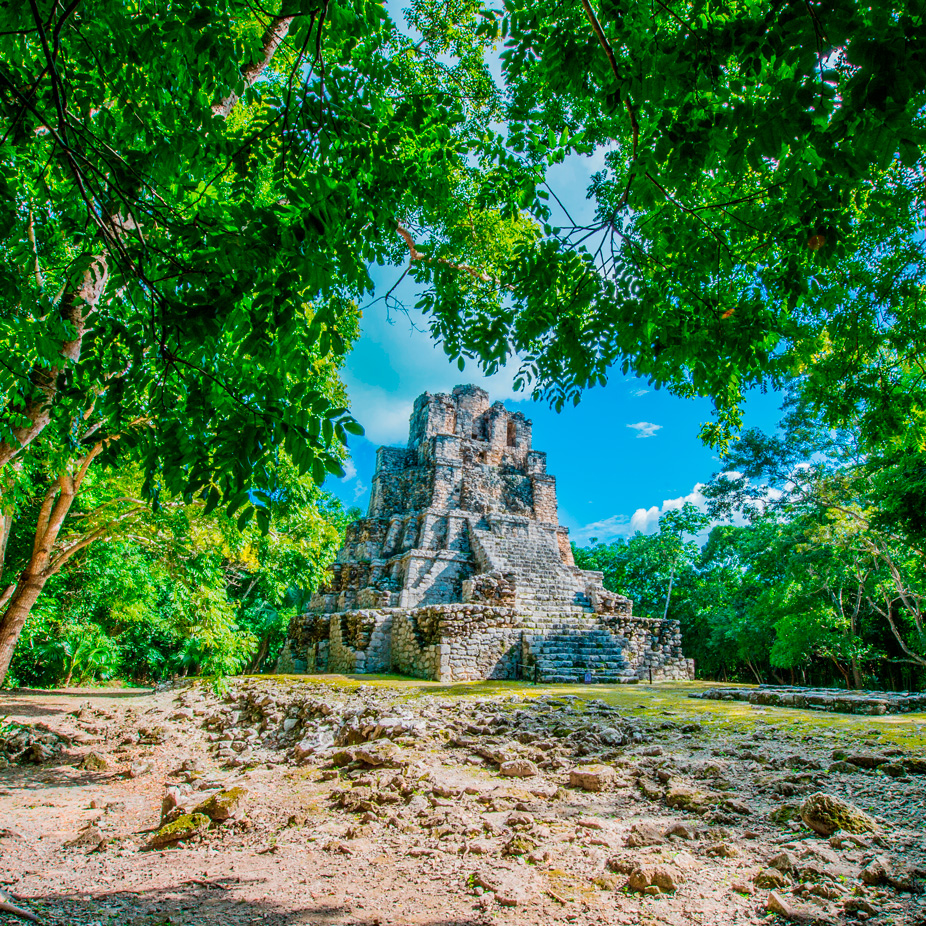
Muyil
South of Tulum, on the road that leads to Chetumal, the state capital of Quintana Roo, there is an archaeological site that is not well known, and although small, it is of great beauty. Nearby, there are also two lagoons for hikers looking to be in touch with nature.
There are some boat tours throughout the Muyil and Chunyaxché lagoons, where you can discover mangroves, part of the flora and fauna of Sian Ka'an, and even take a dip into the refreshing waters of this region of the Riviera Maya.
With some luck, if there are a small number of visitors, it is possible to watch some of the manatees that inhabit these lagoons. This herbivorous protected species is a fascinating mammal that lives peacefully in water ponds. In ancient times, some pirates confused them with the sirens of maritime legends.
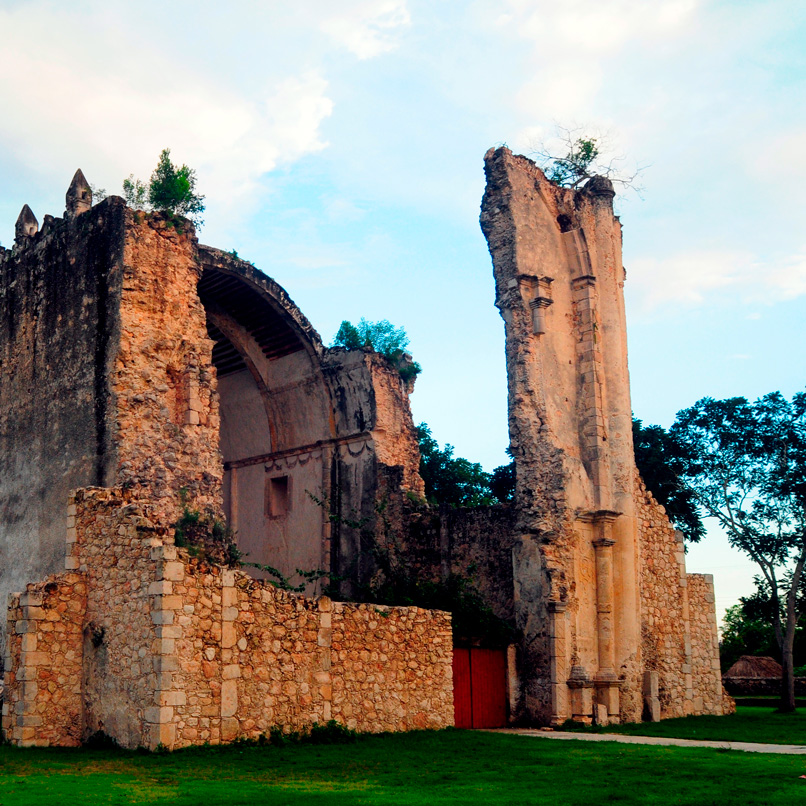
How to visit Sian Ka’an?
Sian Ka’an, especially in the coastal zone, is not easily accessible. Following the Tulum hotel zone, a dirt road begins that leads to Punta Allen. Off-road or 4x4 vehicles are recommended, because in the rainy season or when the sand is very loose, it is possible to get stuck, and the signal reception is poor or null, most of the way.
It is also suggested to go with a full tank of fuel, as there are no service stations along the road. In the same way, there are excursions that take you to the Sian Ka’an reserve, and although the distances are not great, due to the type of roads, it takes some time to get there. The distance from Tulum to Sian Ka’an, on the coast side, is approximately 37 mi (60 km) to Punta Allen.
If you want to know the Muyil lagoons or the archaeological site, the pathway is better, and you have to follow the road that goes from Cancun and Playa del Carmen, towards the state capital of Quintana Roo.
Entering the Sian Ka’an Biosphere Reserve is an unforgettable and fantastic experience for people who like to be in touch with nature. Please, bring biodegradable insect repellent and that we avoid as much as possible, interfere with nature, and leave our mark in this astonishing natural life sanctuary.
